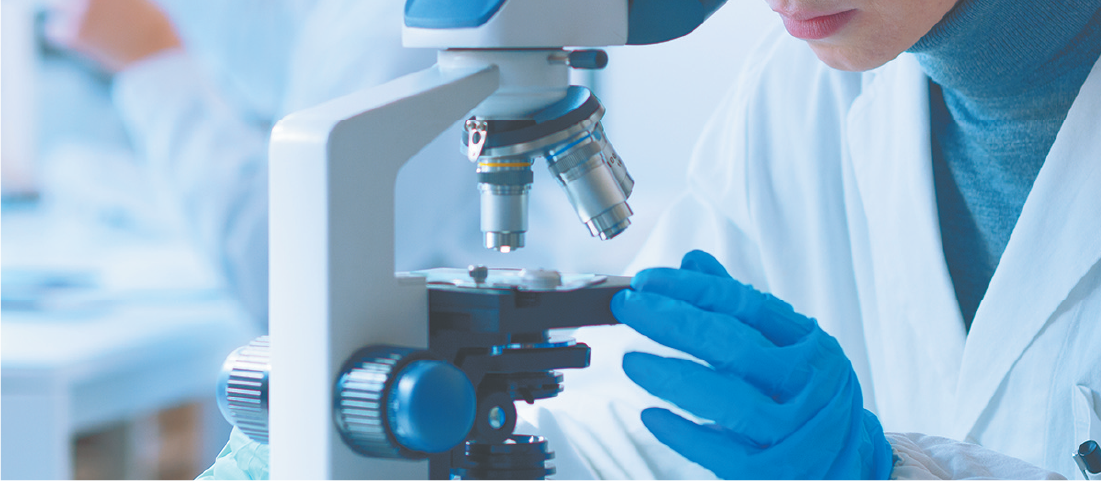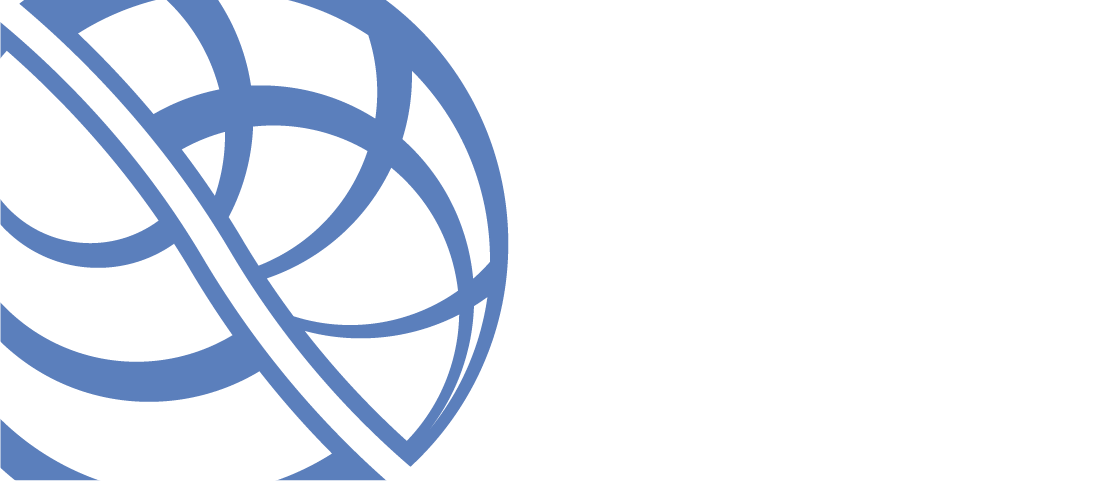Introduction.
Q
What items can be verified?
A
We can identify the mine, farm, fishery, plantation or factory from which a product originated. We work with individual producers, industry representative groups and collaborate with certification bodies. Whether an item is natural or man-made, its chemical composition represents where it is from and how it may have been produced. Animals absorb these trace elements, isotopes, chemicals and molecules through the process of eating, plants through nutrient uptake, and minerals and stones during mineralising events. Therefore, almost anything can be verified!
Q
Do you have a track record of introduction?
A
We has ongoing provenance verification programs in place across numerous natural resource industries. From seafood, eggs and dairy to diamonds, metals and minerals, Our Technology is the choice of scientific technology for the origin verification of natural resources. Recently launched, is our Country-of-Origin screening programs for Coffee and Chocolate. Provenance or Origin Verification has become more and more important due to substitution, mislabelling and fraud. For example, in EU, they have now implemented regulations and recommendations around due diligence and testing to prove provenance or origin of all products with risk of deforestation (example, coffee, cocoa, timber). The highly diverse expertise of our team enables provision of services to almost any client across private organisation or government sectors; from those involved in mining and exploration, to food regulators, producers and distributors, law enforcement agencies (domestically and internationally), consultants to the oil and gas industry as well as those pursuing academic endeavours. As experienced analytical service providers, we know that testing is much more than just about individual test results. What sets us apart from others is that our staff are on-hand to work with you and your suppliers to solve problems.
Q
What is the first step in the implementation process?
A
Our provenance science service includes custom or pre-designed programs, and consulting. Origin verification gives clients the ability to verify the origin of their products via scientific analysis to mitigate risk, validate digital data, protect their brand and support transparency within their supply chains. First step in implementation process would be a "Discovery" and "Design" phase. We seek to understand your business, challenges and needs with regards to provenance verification and your supply chain. Then we design a program that suits your needs and answer the question(s) that you are asking or want answered.
Q
What can you use this technology for?
A
Our solution for origin verification is used worldwide to fight food fraud, protect reputations and build consumer trust. We can be used to: - Verify geographical claims made (example, made in XXX) - Prevent substitution, mislabelling or fraud - Check origin or claims made of product being bought - Check product imported/exported by regulatory authorities - Help law enforcement authorities in forensic work - Improve customer assurance and guarantee that product is authentic
About the technology
Q
How long has this technology been around?
A
Our Technology was pioneered and developed over 40 years ago and it has been used in supply chain integrity programs and investigations across several commodities and industries such as critical minerals and rare earths, seafood, diamonds, gold, agriculture and horticulture.
Q
What kind of technology?
A
Our Technology is a scientific approch to verifying provenance/origin claims. We utilise state-of-the-art laboratory facilities and equipment to analyse samples for almost all trace elements and minerals then use the data to put together a chemical profile (or "chemical fingerprint") that relates to the geographical location that the sample is from. Our point of difference is the level of precision that TSW Trace® delivers. While other service providers can identify the country of origin or region of origin, we pinpoint the location of origin down to a farm, fishery, pond, plantation, kimberlite pipe or mine. As the pioneers of provenance science and the associated analytical methods needed to deliver it, we can profile samples to a level of precision that is hard for our competitors.
Q
How many actual items are needed to create a fingerprint? For example, to examine one sake product
A
It depends on the question(s) to be answered, type of product and type of manufacturing/production process. It also depends on the laboratory methodology determined to be best suited for the program. An apple program will look different from a meat program and from a wine or timber program. Example 1) Bravo Apples We collect about 7-8 apples and test about 4-5 apples per block. Example 2) Meat We would design the sampling to happen at the abbatoir and would sample from approximately the same location of carcass each time. Required quantity: 5-10g per sample
Q
"How often do you need fingerprint information at a minimum? What can be done in a short period of time and what cases require fingerprinting in a short span of time? "
A
It depends on product, manufacturing or production process and what is the goal(s) of the provenance verification program. Example, if the concern is against substitution in the export markets, then you want to make sure the created database covers all your production sites and ensure that the profile recorded in database is up to date always so that if any fake product comes up anytime, you can easily verify against your up-to-date database. That may mean you have to create a database with samples from all sites to ensure the database contains data from all sites. Example, if the concern is more investigative specifically for 1 sample, example, wanting to find out if it's Japanese Asari clams - then we might be able to collect a representative number of referene samples across the Asari clams region and producers, create a low detail chemical profile of Asari region and verify sample against the profile. At the same time, some reference samples from other suspected countries can also be collected to boost the analysis. If it is not from Japan Asari, it would not classify and identify with the same profile, assuming the clams are from a different country altogether.
About the costs.
Q
How much does it cost to create fingerprint information?
A
This is very difficult to answer without knowing what you need because no two programs are the same. It depends on the business, the challenge or concern and the manufacturing or production process or sites. Our provenance science service includes custom or pre-designed programs and we will work with you to design a program within budget.
Q
How much time and money is needed for verification?
A
In terms of time, Discovery and design process with client - anywhere between 1 week to 4 weeks depending on what the level of details and information the client can provide from the start and whether we need multiple discussions to finetune the agreement. Reference sampling - usually takes 1-2 days (if single site or sites within close proximity) or a few weeks if multiple locations and require travel etc Laboratory analysis and reporting - 5 - 14 days, depending on complexity, quantity etc. Example 1) In-market surveillance check against an established database: Once sample has been sent to laboratory, results and report can be released within 7-10 days. Verification Fee: estimated AUD $1,280 - but if more verification samples are sent at the same time, cost per sample goes down (example, $760 per sample) Example 2) Verification Fee for Coffee Country of Origin Screening Test = $725 per sample
Please feel free to contact us for any inquiries regarding our services.




